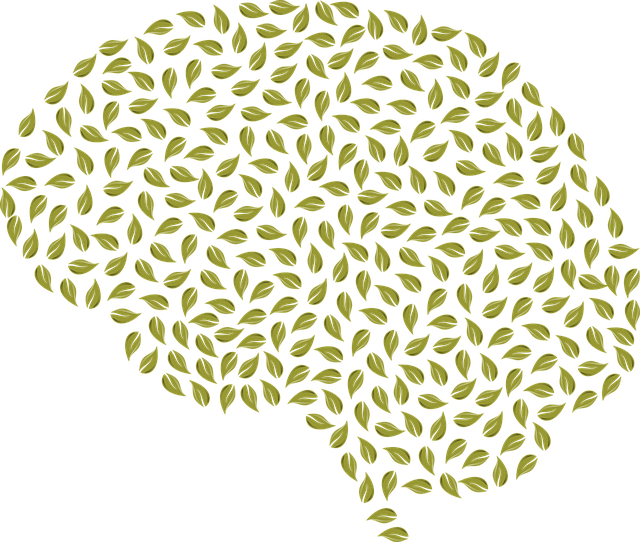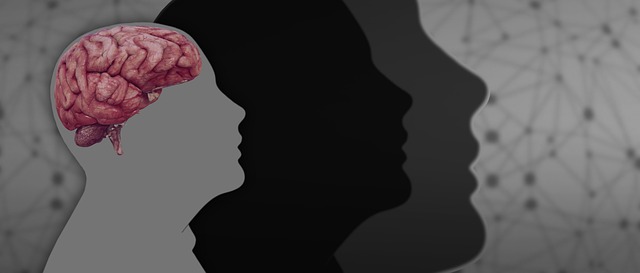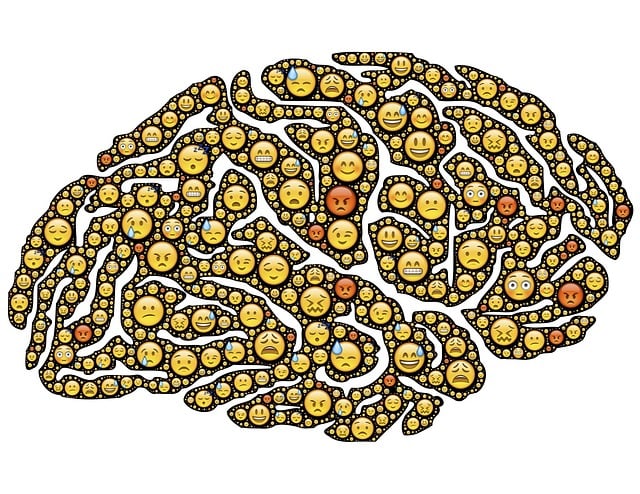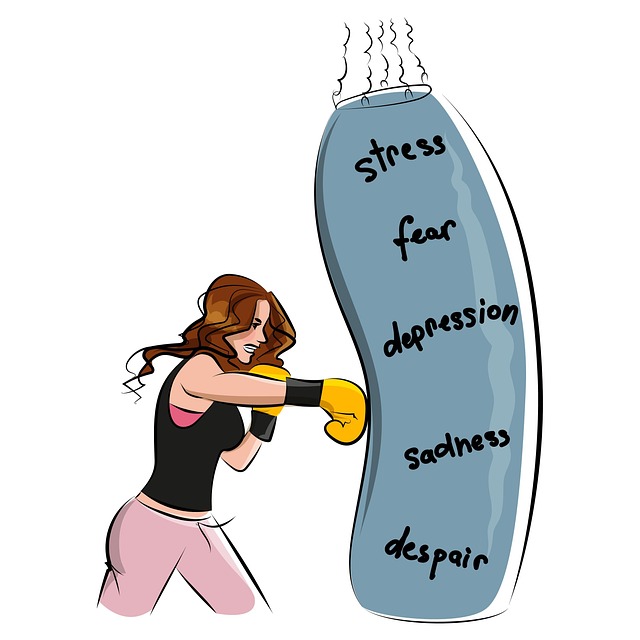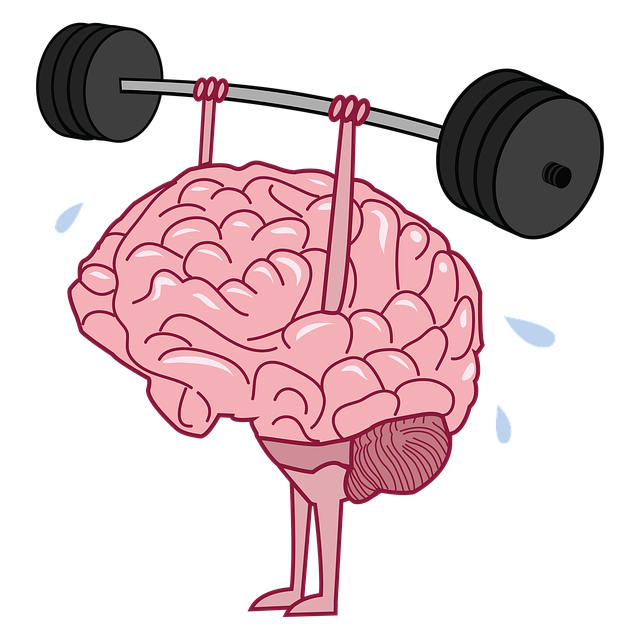Public awareness campaigns play a pivotal role in transforming societal perceptions of mental health by educating, dispelling myths, and promoting understanding through diverse communication channels. These initiatives encourage resilience, self-care, and open dialogue while destigmatizing mental illness discussions. Effective programs include advanced Superior Mental Health Evaluations, evidence-based Therapy techniques, engaging educational content, interactive workshops, peer support groups, and accessible resources. Cultural sensitivity ensures tailored approaches for diverse communities. Evaluation through pre/post surveys, longitudinal studies, and qualitative feedback refines strategies, continually enhancing campaign impact and well-being.
In an era where public health prioritizes mental well-being, understanding and developing impactful public awareness campaigns is paramount. This article delves into the transformative power of these initiatives, exploring their role in fostering superior mental health evaluations and therapy access. We dissect key strategies for designing effective programs, highlighting best practices for implementation and measurement. By navigating these aspects, we aim to enhance mental health outcomes on a community scale.
- Understanding Public Awareness Campaigns: Their Role and Impact
- Designing Effective Mental Health Awareness Programs
- Implementing and Measuring Success: Best Practices for Evaluation
Understanding Public Awareness Campaigns: Their Role and Impact

Public awareness campaigns play a pivotal role in shaping societal perceptions and behaviors towards various issues, including mental health. These initiatives aim to educate the public, dispel myths, and promote understanding, thereby fostering a more supportive environment for those facing mental illness challenges. By utilizing diverse communication channels, such as media, social platforms, and community events, these campaigns can effectively reach a broad audience.
One of the key objectives is to facilitate superior mental health evaluations and therapy accessibility by reducing stigma associated with seeking help. Through storytelling, personal narratives, and successful recovery examples, campaigns can encourage individuals to embrace resilience-building strategies and coping skills development. This approach empowers people to take charge of their well-being, fostering a culture of open dialogue and destigmatizing mental illness discussions.
Designing Effective Mental Health Awareness Programs

Designing effective mental health awareness programs requires a multi-faceted approach that combines superior mental health evaluations, evidence-based therapy techniques, and engaging educational content. These initiatives aim to destigmatize mental illness, empower individuals with self-care strategies, and foster inclusive communities. Incorporating interactive workshops, peer support groups, and accessible resources can enhance the impact of these programs.
Mental health education programs design should prioritize social skills training and emotional healing processes, tailoring them to diverse audiences. By addressing common misconceptions, providing practical tools for stress management, and offering safe spaces for open dialogue, these campaigns can catalyze positive changes in individual well-being and societal attitudes towards mental health.
Implementing and Measuring Success: Best Practices for Evaluation

Implementing effective public awareness campaigns requires a robust evaluation strategy to measure success and impact. Superior mental health evaluations are crucial for understanding the campaign’s reach and effectiveness in promoting therapy and emotional regulation. These assessments should go beyond basic participation metrics and delve into behavioral changes, increased knowledge, and improved attitudes towards mental health. By integrating cultural sensitivity in mental healthcare practice, campaigns can tailor their approach to diverse communities, ensuring inclusivity and accessibility.
Best practices involve pre- and post-campaign surveys to gauge shifts in public perception, with a focus on emotional regulation strategies adopted and barriers to therapy overcome. Longitudinal studies can provide deeper insights into sustained changes over time. Additionally, qualitative feedback through focus groups or interviews offers valuable context, revealing personal stories of impact and identifying areas for improvement. Such comprehensive evaluation methods empower campaign organizers to refine strategies, ensuring continuous enhancement in public awareness campaigns development.
Public awareness campaigns play a pivotal role in shaping societal perceptions and fostering positive change. By understanding their impact and implementing effective strategies, we can significantly improve public health outcomes, particularly in mental well-being. The article has explored key aspects, from defining the purpose to measuring success, emphasizing the importance of tailored programs for maximum effect. Embracing best practices ensures that initiatives like Superior Mental Health Evaluations Therapy are not just talked about but become game-changers in communities worldwide. Through continuous evaluation and innovative design, we can navigate the labyrinthine path to better mental health awareness and access to superior therapy.
